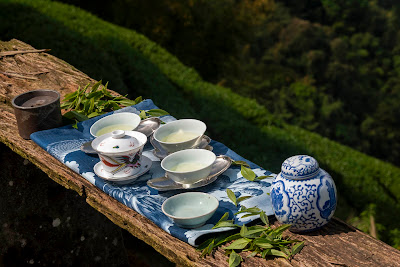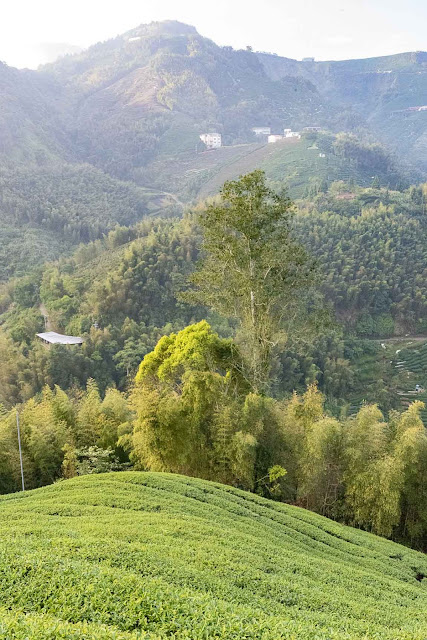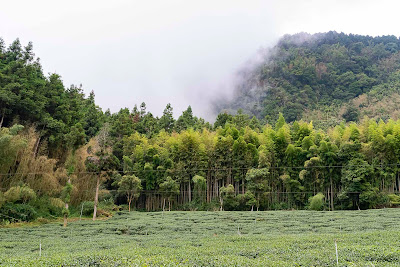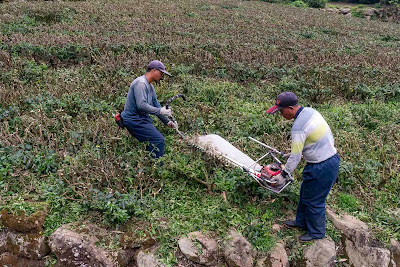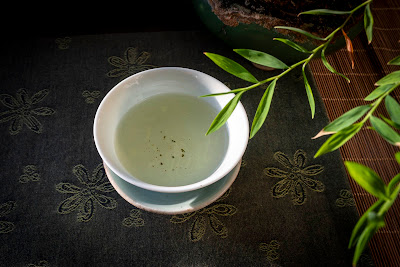My love of tea has led me to pay special attention to the meaning of beverages in art, history and literature. So, when I read the Iliad and then the Odyssey, I counted the number of times Homer mentioned drink related words. Spoiler: he never mentions 'tea', but mostly 'wine'! Still, it's interesting to analyze, because tea and wine are very much interchangeable in Chinese culture. They often even used the same porcelain wares to drink wine or tea!
I already did the analysis about Iliad here, in French Iliad here, in French. A good online translator should be able to translate the text if you wish to read it. I'm going to do a similar analysis about the Odyssey in English, because I read this book translated by Walter Shewring (1906-1990).
However, before I write this detailed article about the meaning of wine in Homer's Odyssey, I think it's interesting to compare the 2 books for the vocabulary related to wine. Let's do an arithmetic analysis:
First we need to keep in mind that the Iliad is 15,693 lines long vs 12,109 lines for the Odyssey (-23%). This means that if 'wine' had the same importance in both stories, its mention should drop by 23% in the Odyssey. However, they go from 37 mentions to 125!
Likewise, the word 'libation' goes from 8 mentions to 27 in the Odyssey!
Ambrosia had 2 mentions in the Iliad, here 5.
How does the wine taste in the Odyssey? It's described as 'sweet' (11 times), 'glowing' (10), 'delicious' (6), 'fragrant' (5), 'pleasant' (2), 'honey sweet' (2), 'good' (1) and 'lovely' (1)
What's also interesting is that the word 'water' was mentioned 9 times. Other liquids are also mentioned: 'dark blood' (4 at least*), 'nectar' (3), liquor (1), elixir (1), milk (1), olive oil (1).
And the expression 'wine dark ocean' is used 11 times.
* So, Homer is giving us much more material to analyze! I probably forgot to count some words that had a connection with wine. I quickly stopped to count 'cups' for instance, because there were just too many! Now, with all this wine flowing, we would expect a lot of 'drunkenness'! This word is only mentioned once, though! However, my analysis will make the case that this problem is one of the core messages of the book.





